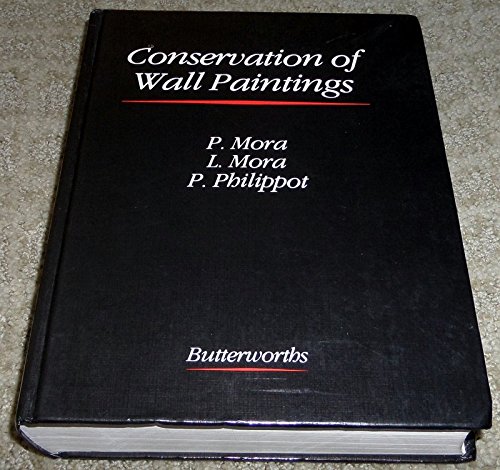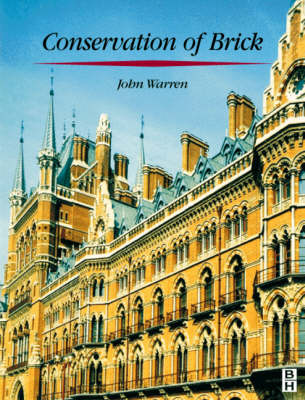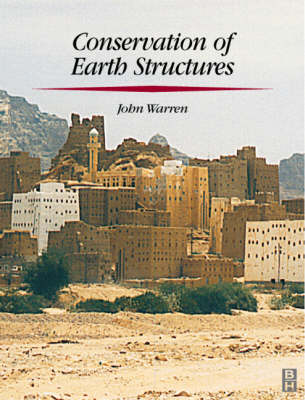Conservation and Museology
3 total works
John Warren's invaluable book describes historic brick and terracotta, setting out the causes of failure and decay, analysing available materials and evaluating processes of repair and applicable conservation philosophies. It provides the conservator, owner and student of building conservation with a comprehensive resource. Brickwork, with tile and terracotta, is one of those materials so universal, so apparently permanent and so much part of our everyday lives that its conservation is presumed to be understood. This is very largely untrue. Most brickwork is cursorily maintained and often subject to serious abuse. Neglect and clumsy repair are all too frequent, and the really skillful repair based on a full understanding of the mechanisms of decay is all too rare. John Warren is a Fellow of the Institute of Advanced Architectural Studies, University of York and is an Architect and Conservator with some 30 years experience in private practice, both in the UK and abroad. His conservation work has extended as far afield as India. At home he has been responsible for, among many others, the recovery of Horace Walpole's mansion, Strawberry Hill.
He was also a founding Trustee, and for 20 years Hon. Architect, of the Open Air Museum of Buildings in Sussex, overseeing the reconstruction of buildings of timber and brick from a theoretical and analytical viewpoint. He was a member of the British Standards Institution Committee on Historic Buildings and is Chairman of ICOMOS UK World Heritage Committee.
He was also a founding Trustee, and for 20 years Hon. Architect, of the Open Air Museum of Buildings in Sussex, overseeing the reconstruction of buildings of timber and brick from a theoretical and analytical viewpoint. He was a member of the British Standards Institution Committee on Historic Buildings and is Chairman of ICOMOS UK World Heritage Committee.
This companion volume to "Conservation of Brick" provides a fundamental understanding of the processes of repair and reconstruction of earth structures. The technical aspects of the study are treated from the non-scientist point of view to develop a working understanding of this relatively new field. This important subject is rarely recognized, but many peoples worldwide have built, lived in and treasured earth structures. Their cultures have evolved with them and, therefore, earths and earth building have shaped a great part of the human environment. The conservation of earth structures is, therefore, not merely a neglected facet of the vernacular architecture; it is bound to the artistic core of living communities. Earth construction and its conservation, like other 'green' issues, draws a dedicated level of commitment from its aficionados. The problem of conservation, however, is far wider. Planning authorities, research organizations and owners are using broad-ranging, sometimes desperate, measures to retain a meaningful part of the huge heritage of earth structures worldwide.


